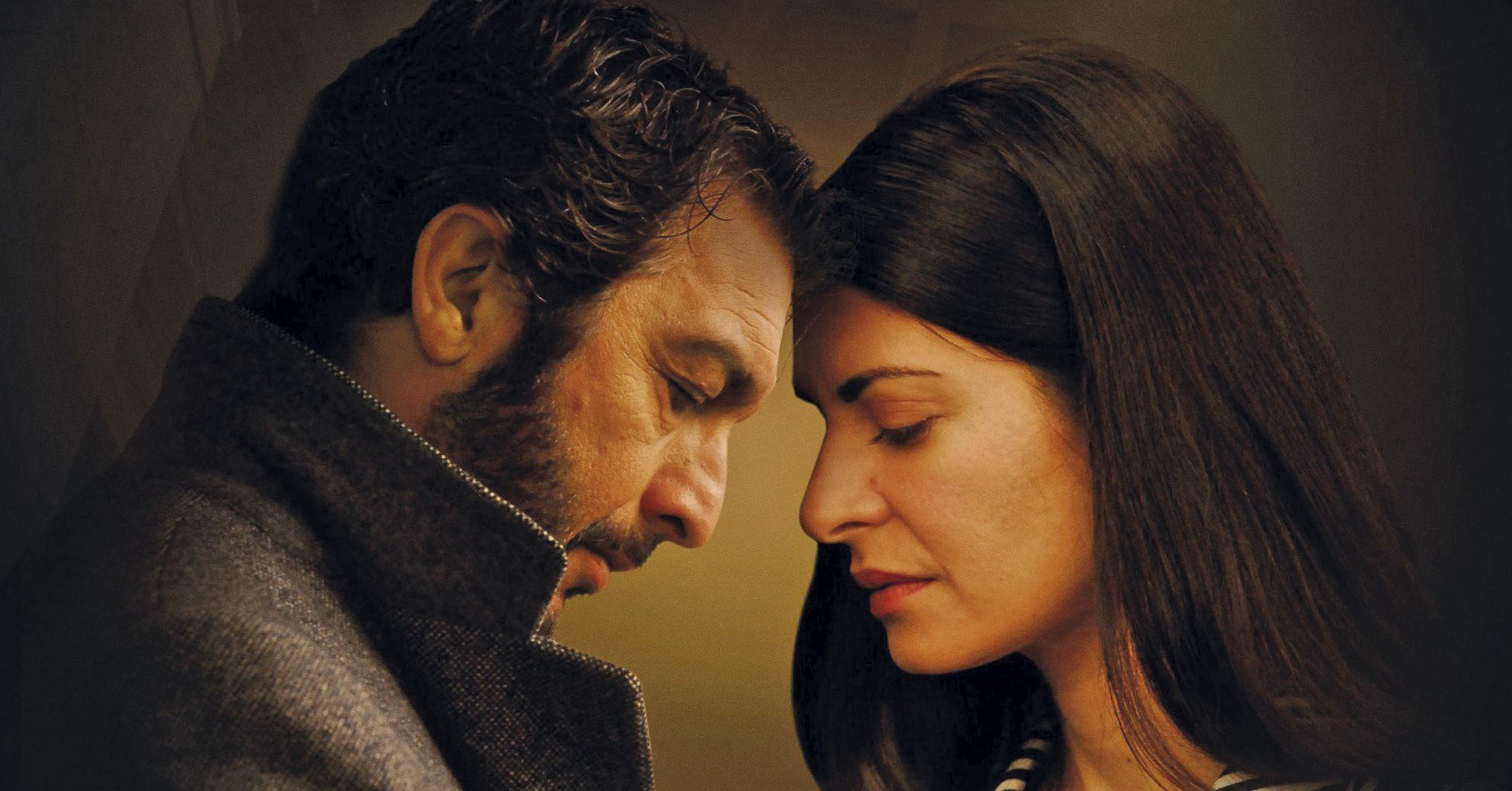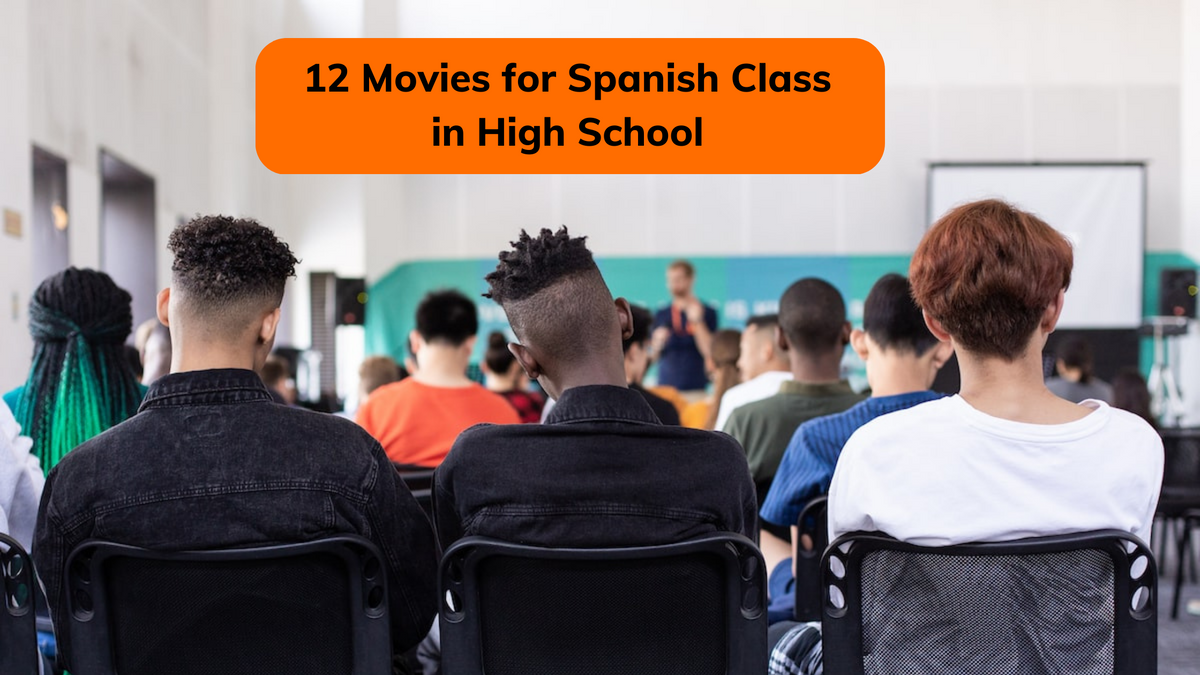Learning a new language in school can be a challenging and time-consuming task, but it doesn't have to be boring. There are engaging and motivating learning methods helping you to keep the students’ attention on track. One effective and entertaining way to learn Spanish is through TV shows and movies. Not only do they provide an immersive experience in the language and culture, but they also make learning more enjoyable and engaging.
Can students improve their language skills by watching Spanish movies?
Learning languages with TV shows and movies works by providing students with an immersive experience in the language and culture. The dialogue, music and images are authentic, and it exposes the students to the language in a natural and real-life way. The students are able to hear the language spoken by native speakers, which can help to improve their listening and comprehension skills.
Additionally, subtitles and interactive captions can help students to understand the content better and to improve their reading skills. This approach is effective because it makes the learning process more enjoyable and engaging. It also allows students to learn at their own pace and to practice their language skills in a fun and relaxed way. Furthermore, it helps students to acquire vocabulary and grammar structures in context which is a more natural way to acquire a language.

In this article, we will be discussing 12 of the best Spanish movies and TV shows that are perfect for high school students looking to improve their Spanish skills. Watching movies gives the students also a sense of what is authentic Spanish outside of the classroom. From coming-of-age dramas to historical fiction, these movies and TV shows offer a wide range of themes and are sure to keep students engaged and interested in learning more about the Spanish language and culture.There is no better way to introduce students to Spanish-speaking culture than through movies!

Here are 12 Spanish movies that are well-suited for high school students:
- "Y tu mamá también" (2001) - This coming-of-age film by Alfonso Cuarón explores the friendship and sexual awakening of two teenage boys in Mexico.
- "El laberinto del fauno" (2006) - Guillermo del Toro's fantasy-drama set during the Spanish Civil War, it explores the themes of fascism, warfare, and the loss of innocence.
- "La teta asustada" (2009) - This Peruvian film by director Claudia Llosa tells the story of a young girl who is haunted by the traumatic experiences of her mother during the internal conflict in Peru.

4. "Amores perros" (2000) - Alejandro González Iñárritu's critically acclaimed film explores the intersecting lives of several characters in Mexico City.
5. "La Mala Educación" (2004) - Pedro Almodóvar's film explores the lives of two friends in Franco-era Spain, and the secrets and lies that come to light when they meet again as adults.
6. "El Secreto de Sus Ojos" (2009) - Argentine film directed by Juan José Campanella, it tells the story of a retired legal investigator who writes a novel about an unsolved case from his past.

7. "La Ciudad" (1999) - This documentary by David Riker explores the lives of immigrants in New York City, and the difficulties they face as they try to make a new life in a new country.
8. "La Vendedora de Rosas" (1998) - This Colombian film by Víctor Gaviria tells the story of a young girl who turns to prostitution to support her family.
9. "También la lluvia" (2010) - This Spanish film directed by Icíar Bollaín is a drama about the making of a film that deals with the historical background of the Bolivian Water War.

10. "El Crimen del Padre Amaro" (2002) - This Mexican film by Carlos Carrera is based on a novel by José Maria Eça de Queirós, it tells the story of a young Catholic priest who becomes involved in a love affair with a teenage girl.
11. "La Teta y la Luna" (1994) - This Spanish film by Bigas Luna is a drama about a boy who is breastfed by his mother well into his teenage years.
12. "Volver" (2006) - Pedro Almodóvar's film is a drama about a woman who returns to her hometown in Spain after her mother's death, and the secrets and lies that come to light as a result.

These movies are great options for high school Spanish classes as they offer a wide range of themes and are appropriate for students of different ages and cultural backgrounds. It's important to keep in mind that some of the themes may be sensitive to some students, so it is important to have a conversation about the movie after it is watched. It's also important to have a Spanish speaking teacher or a language assistant to help with translation if needed.
RELATED: Check out our article about the best Netflix TV shows to learn Spanish. As well as our article how kids can learn Spanish with Cartoons.
A great tool that schools can integrate into their foreign language instruction is Lingopie. It's an online platform that offers a wide variety of TV shows and movies in different languages, with interactive captions that help students to understand the content. The platform can help students to improve their listening and comprehension skills, as well as their vocabulary and grammar. Lingopie provides an engaging and interactive way to learn a new language and can be used as a supplement to classroom instruction. With the dedicated educational product; Lingopie Schools, students can watch shows and movies in the target language and improve their language skills at their own pace, making it a great addition to any foreign language instruction. The teachers are able to track progress and create tasks and exercises based on the shows’ content. Please contact us if you want to inquire more information about Lingopie Schools.
FAQs about using Spanish movies in the Class room
How can incorporating TV shows, music, and movies into language instruction improve learning outcomes?
Incorporating TV shows, music, and movies into language instruction can improve learning outcomes by providing students with real-life examples of the language they are learning. This can help to make the learning process more engaging and interactive, and can also help to improve students' listening and comprehension skills.
How can teachers incorporate TV shows, music, and movies into their language instruction effectively?
Teachers can incorporate TV shows, music, and movies into their language instruction by using them as a supplement to classroom instruction. For example, they can use them as a tool for conversation practice or as a way to introduce new vocabulary and grammar structures. They can also use interactive captions to help students understand the content better. Tools like Lingopie can help teachers to also create exercises and quizzes based on the contents of the watched TV shows and movies.
Are there any specific TV shows, music, or movies that are particularly effective for language instruction?
The effectiveness of TV shows, music, or movies for language instruction can vary depending on the individual student. However, it is generally recommended to use authentic materials that are relevant to the student's interests and age group.
How can teachers assess students' language skills when using TV shows, music, and movies in the classroom?
Teachers can assess students' language skills when using TV shows, music, and movies in the classroom by having students complete written assignments or oral presentations based on the material they have watched. They can also use interactive captions to check students' understanding of the content.
How can using TV shows, music, and movies in the classroom make the language learning experience more enjoyable for students?
Using TV shows, music, and movies in the classroom can make the language learning experience more enjoyable for students because it allows them to experience the language in a more authentic and relatable way. It also provides an opportunity for students to connect with the culture they are learning about and make the learning process more engaging and interactive.






